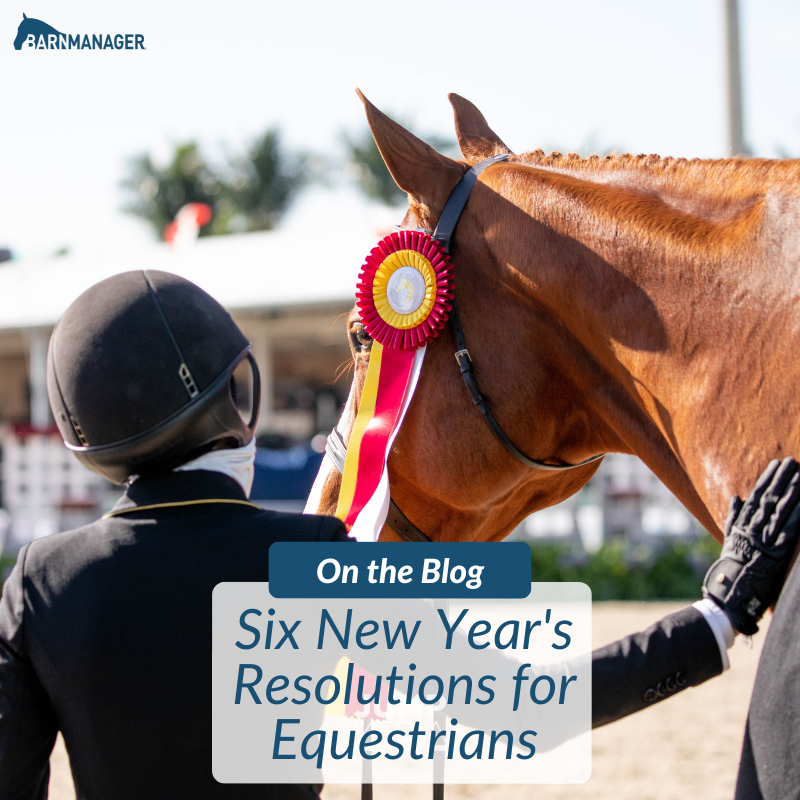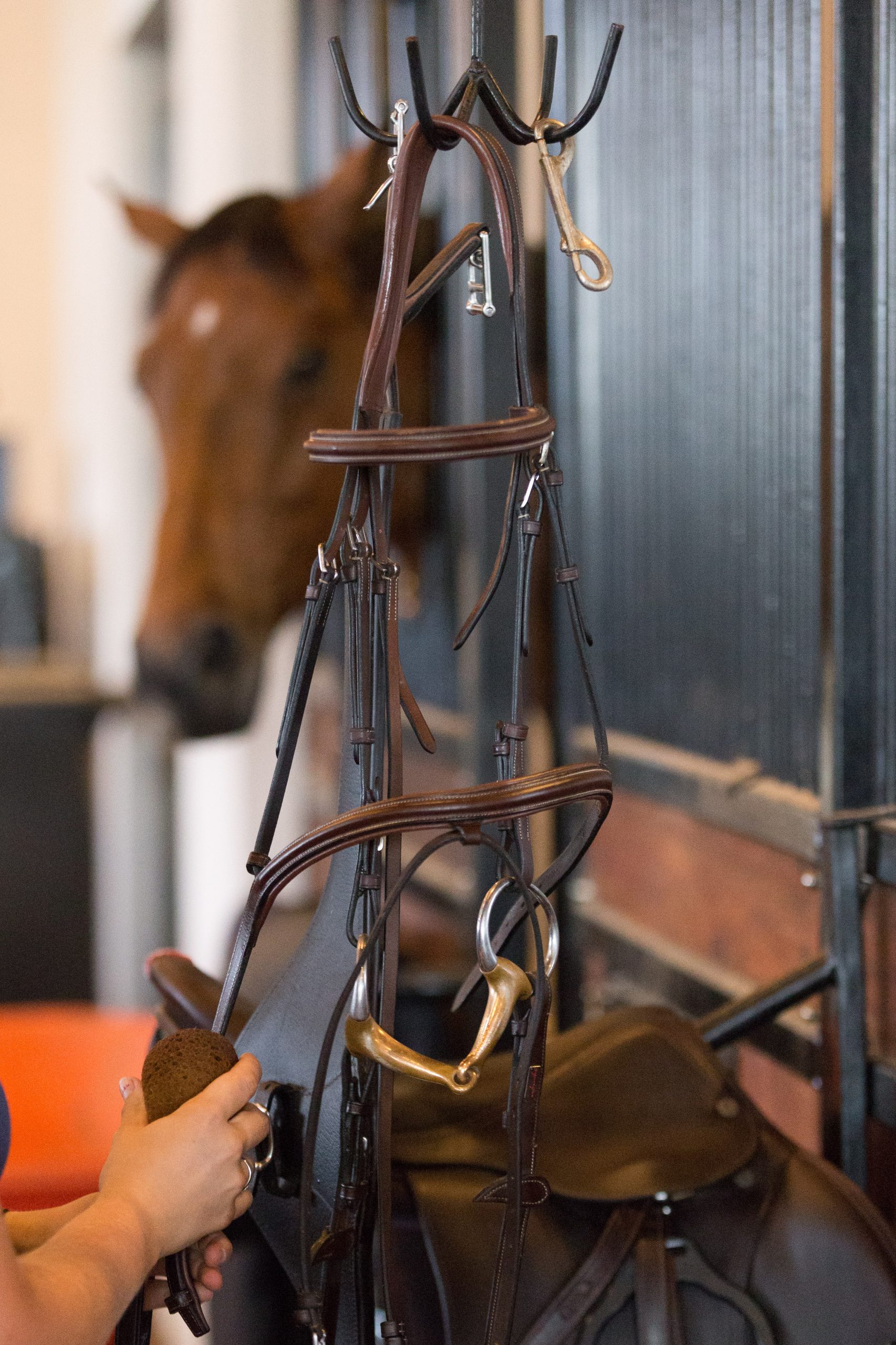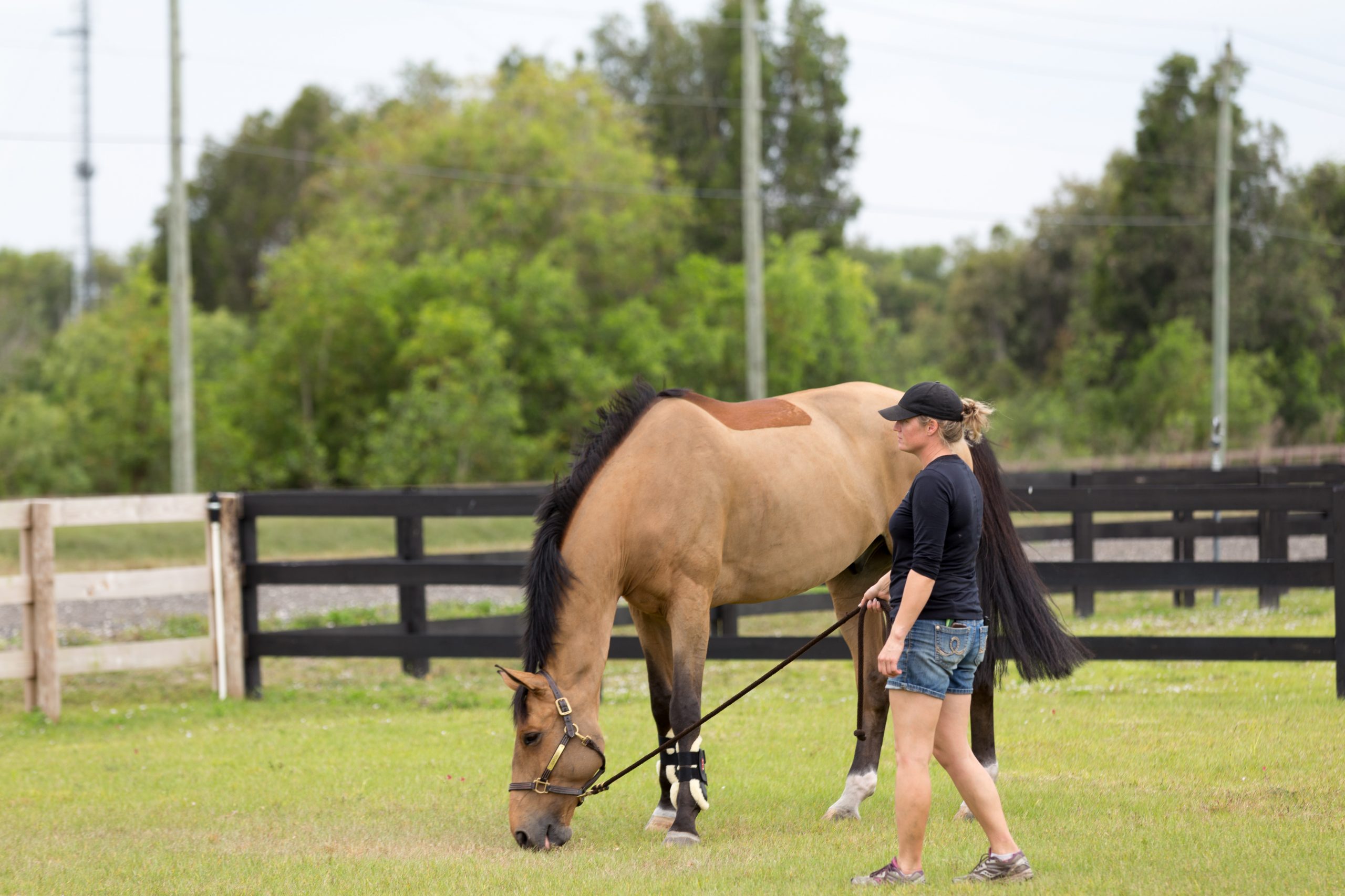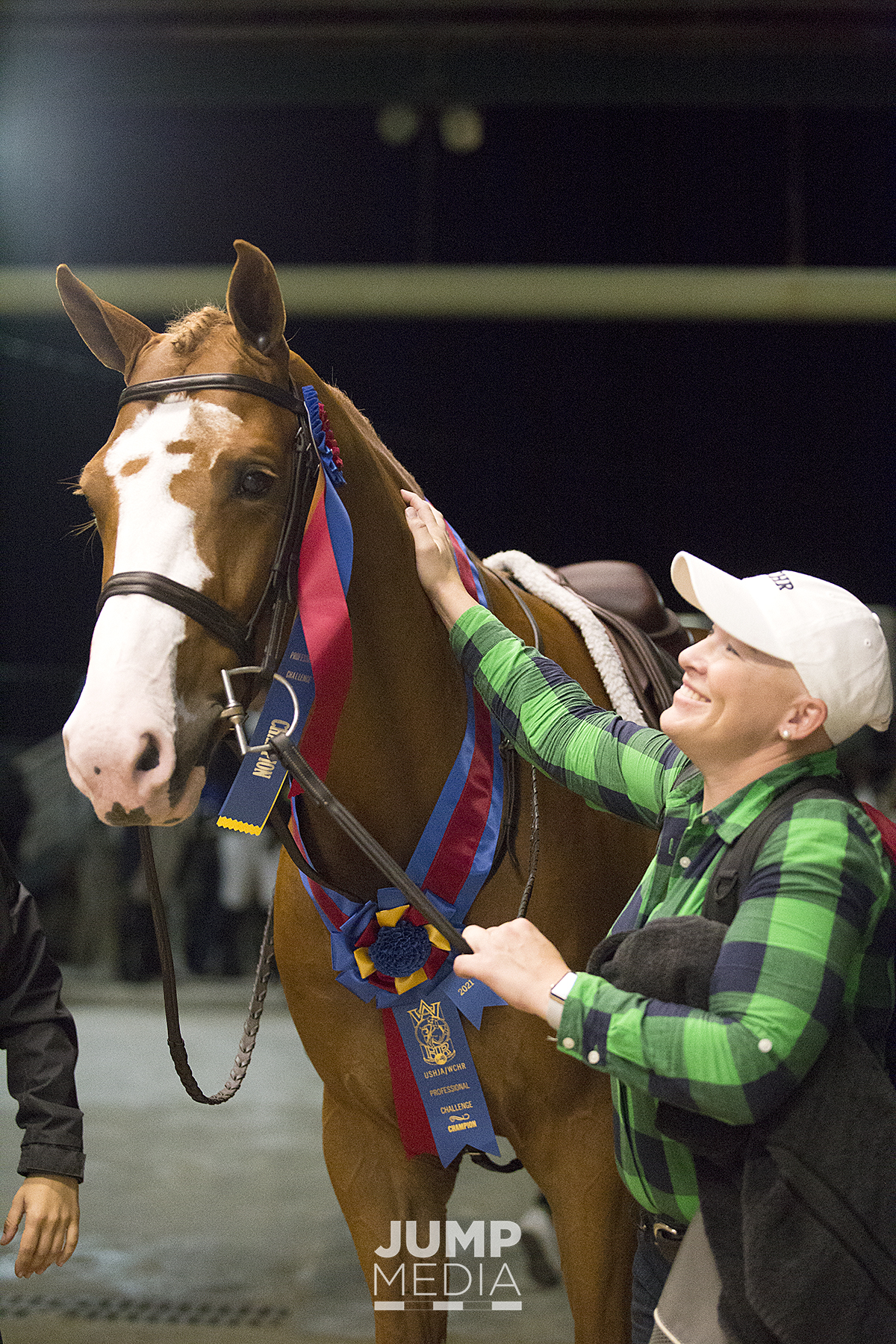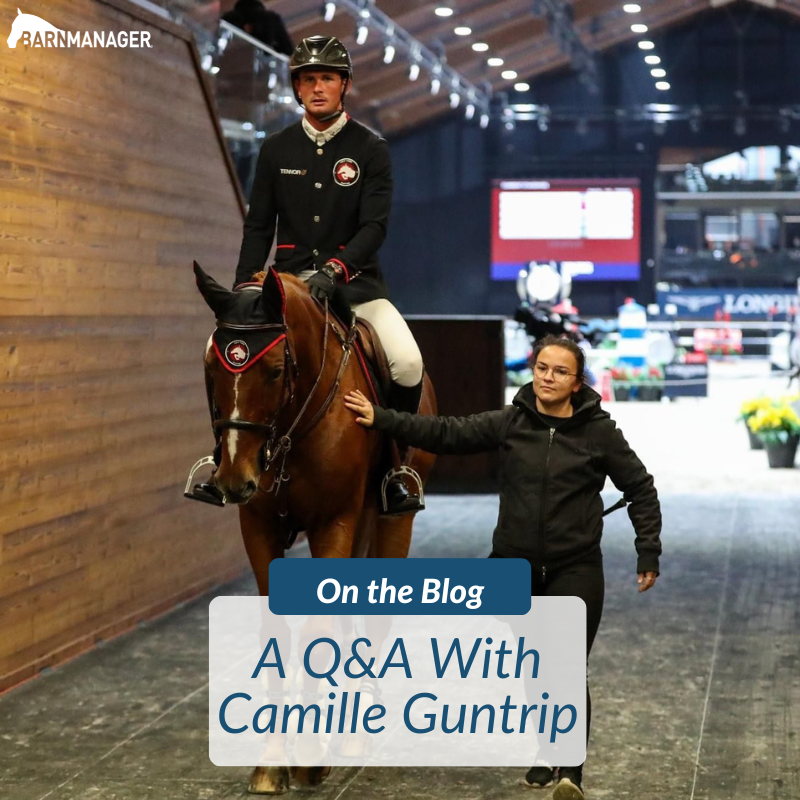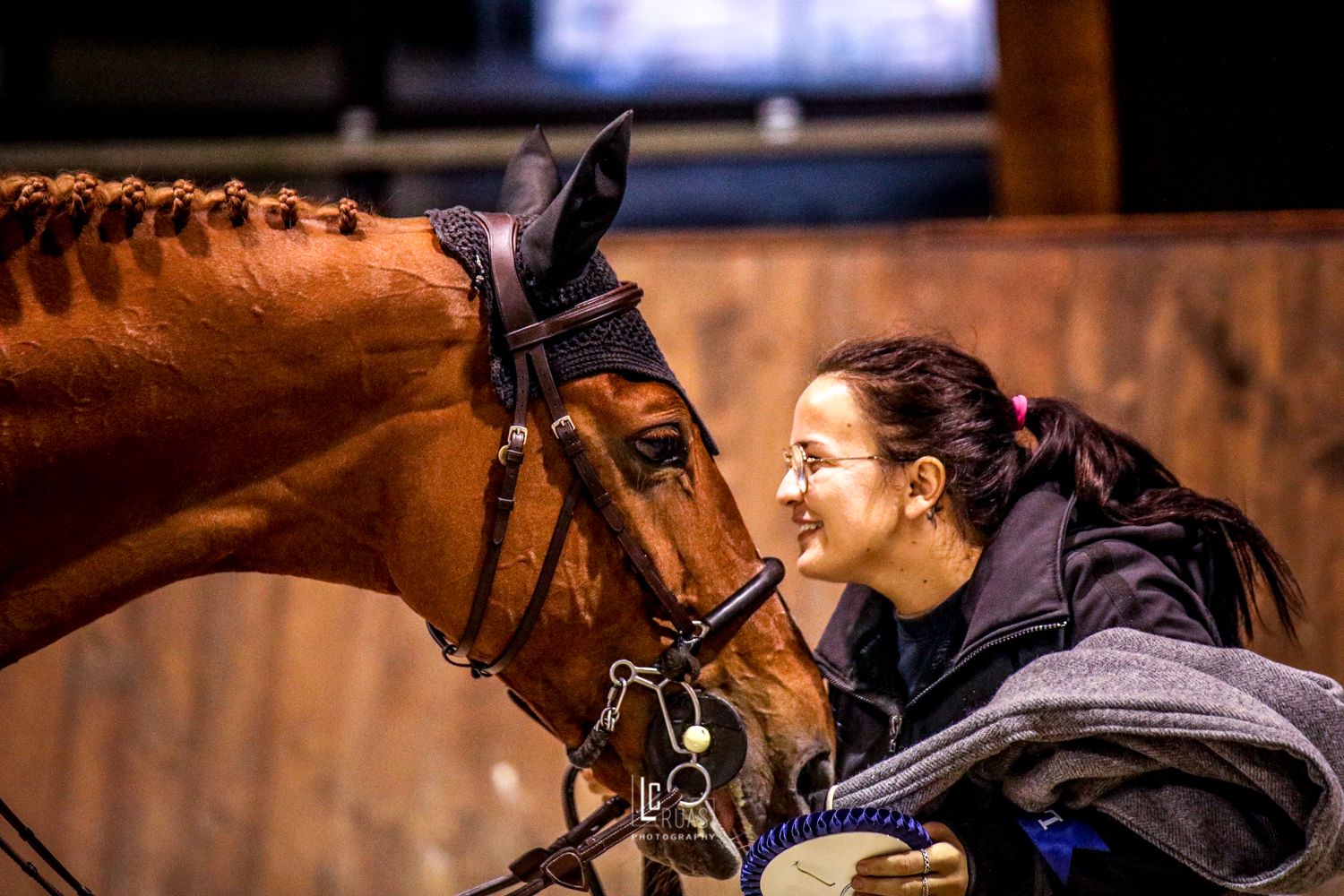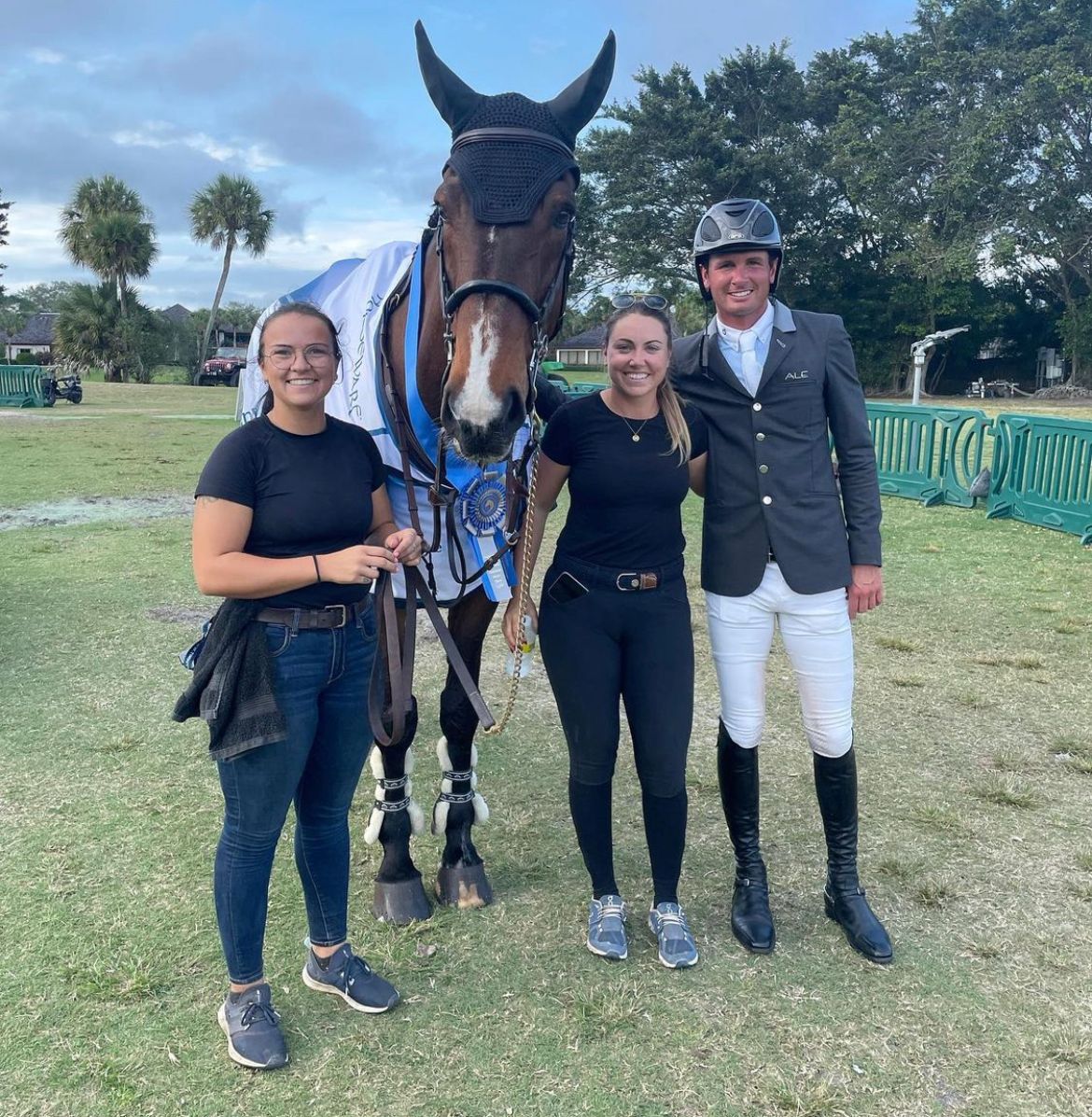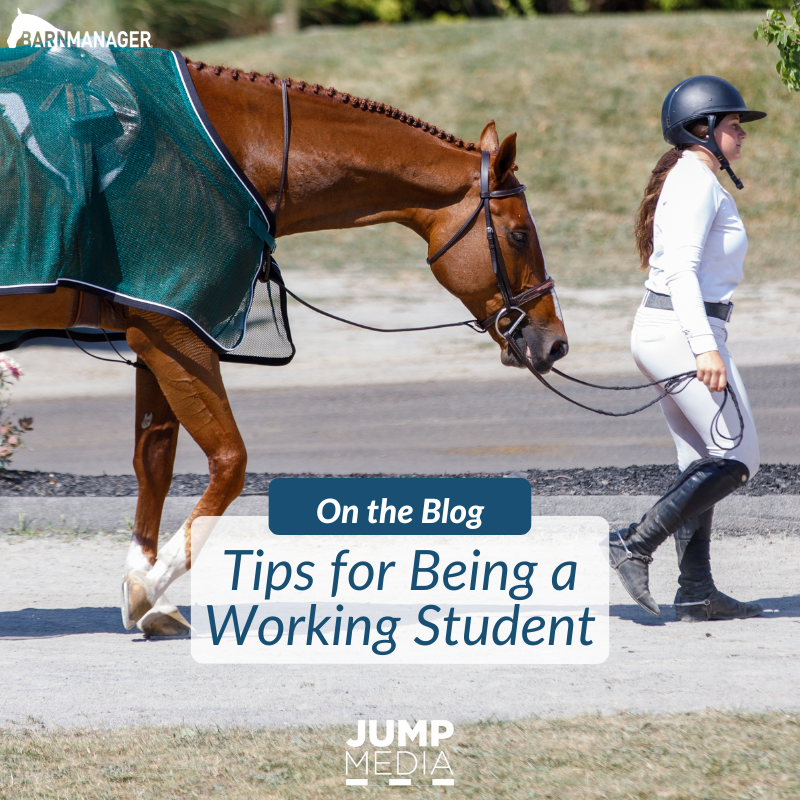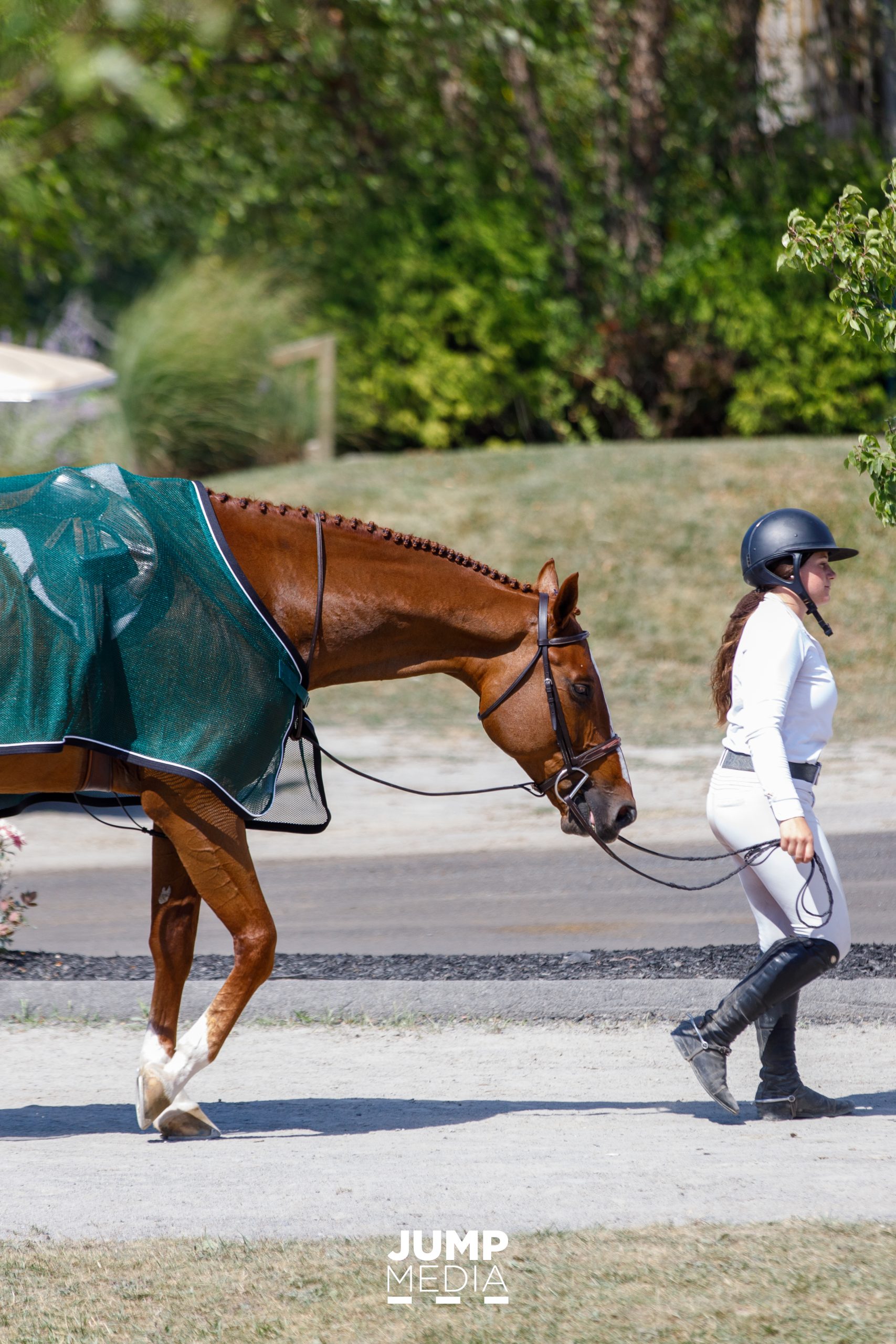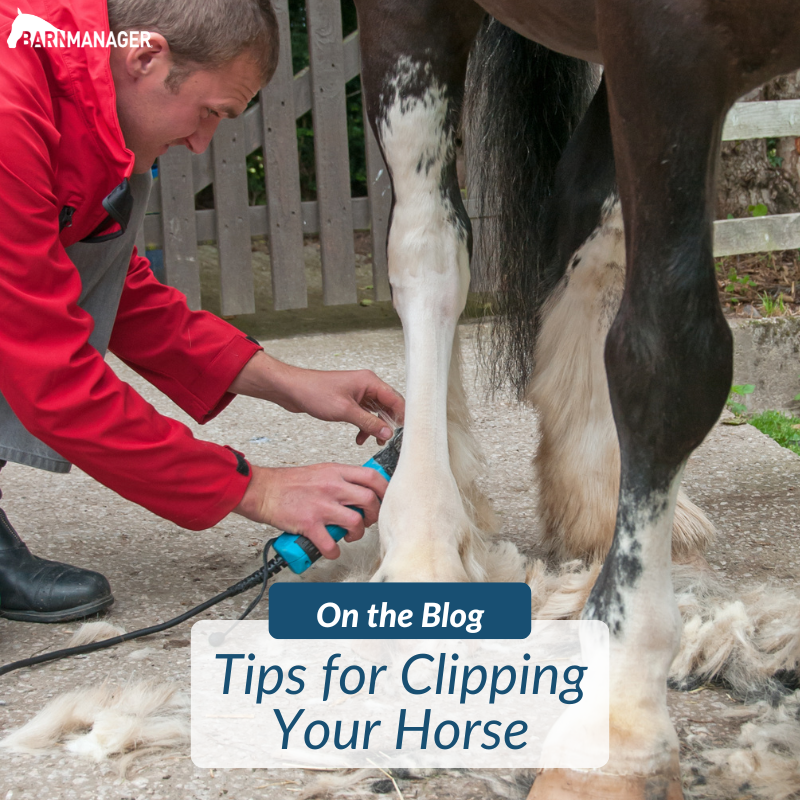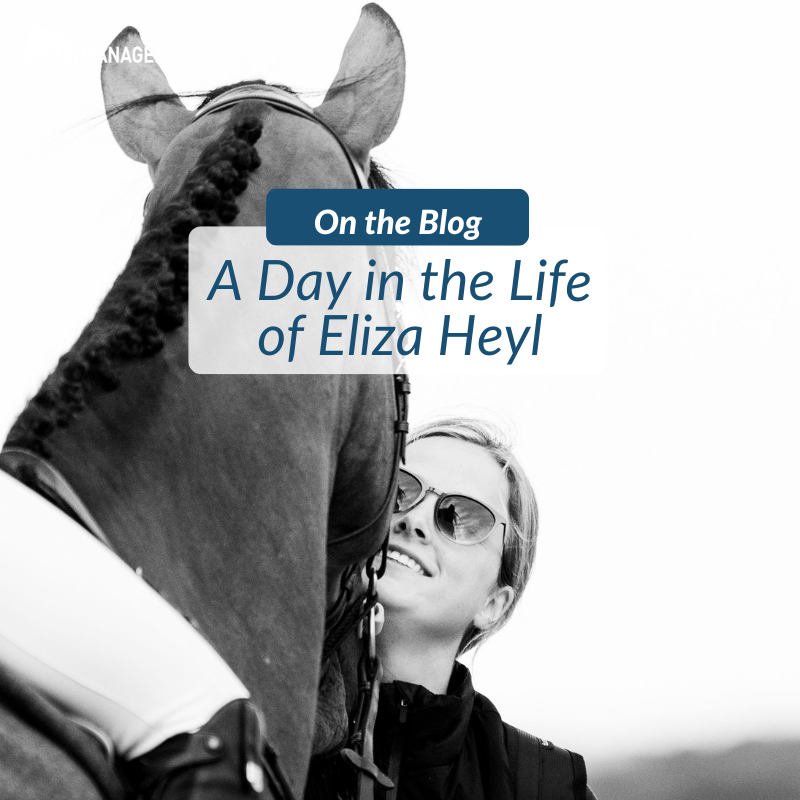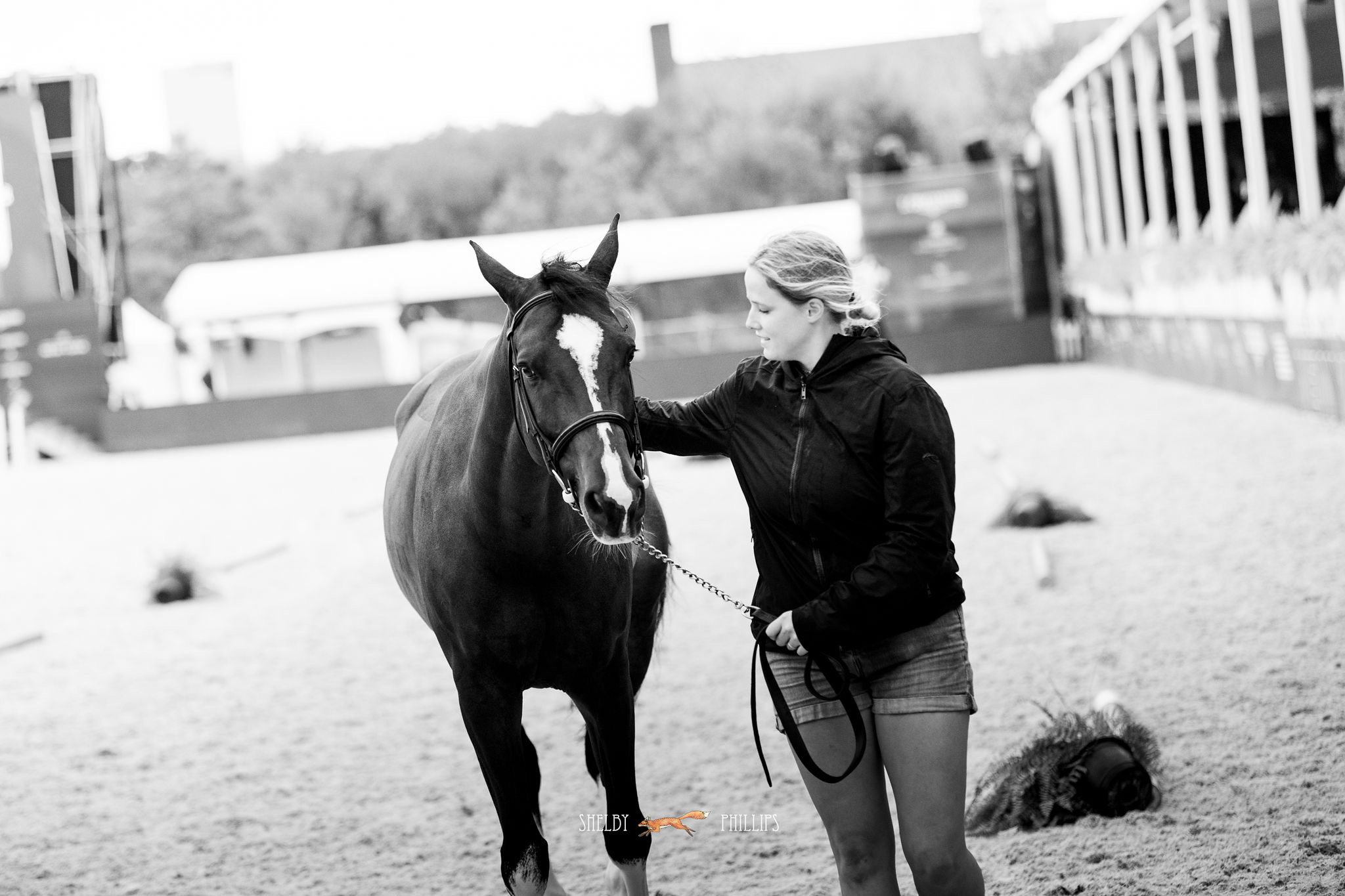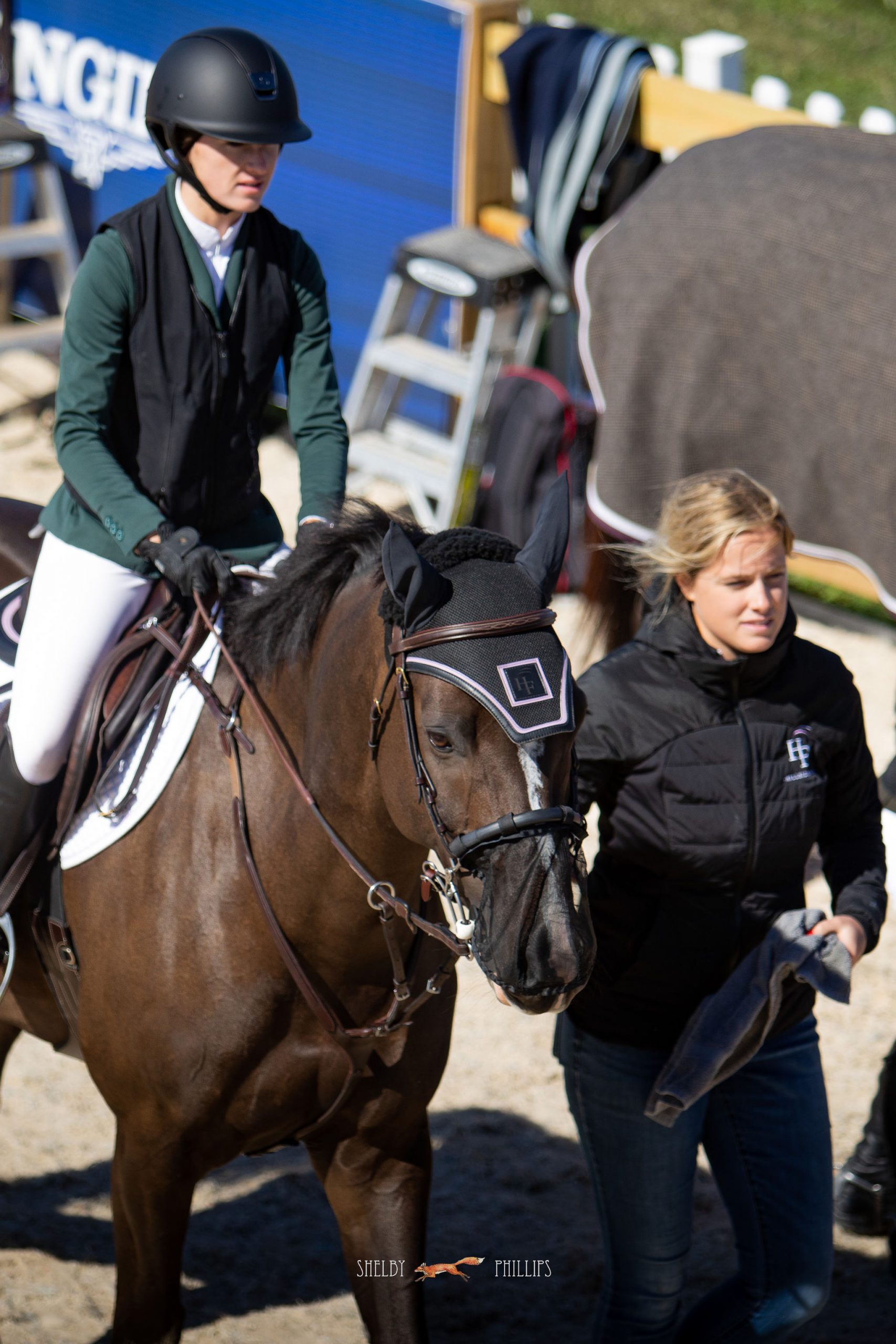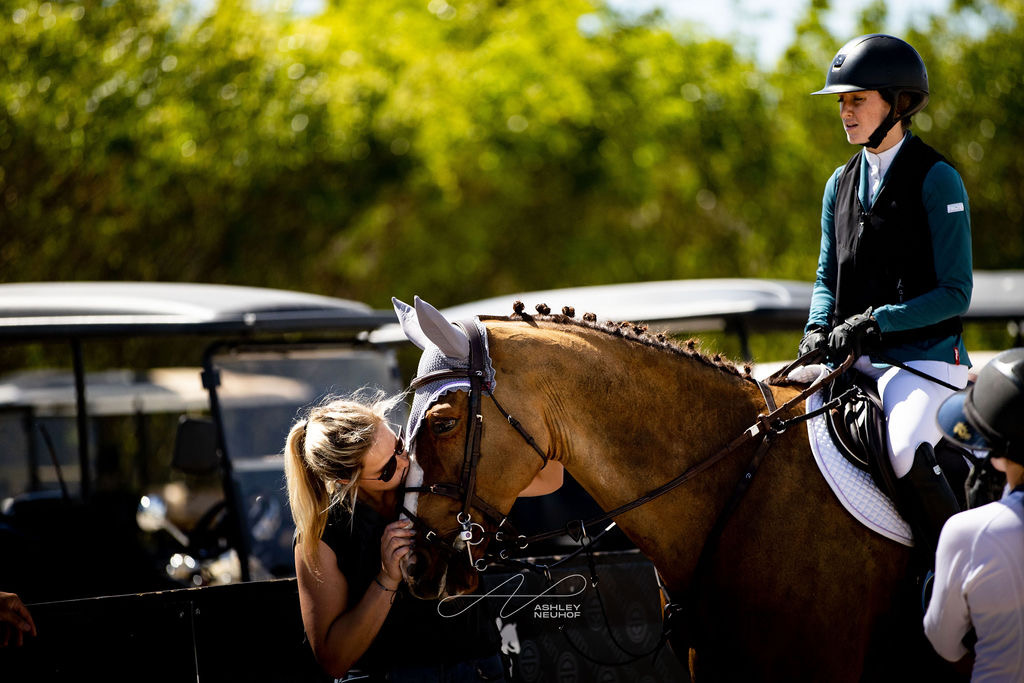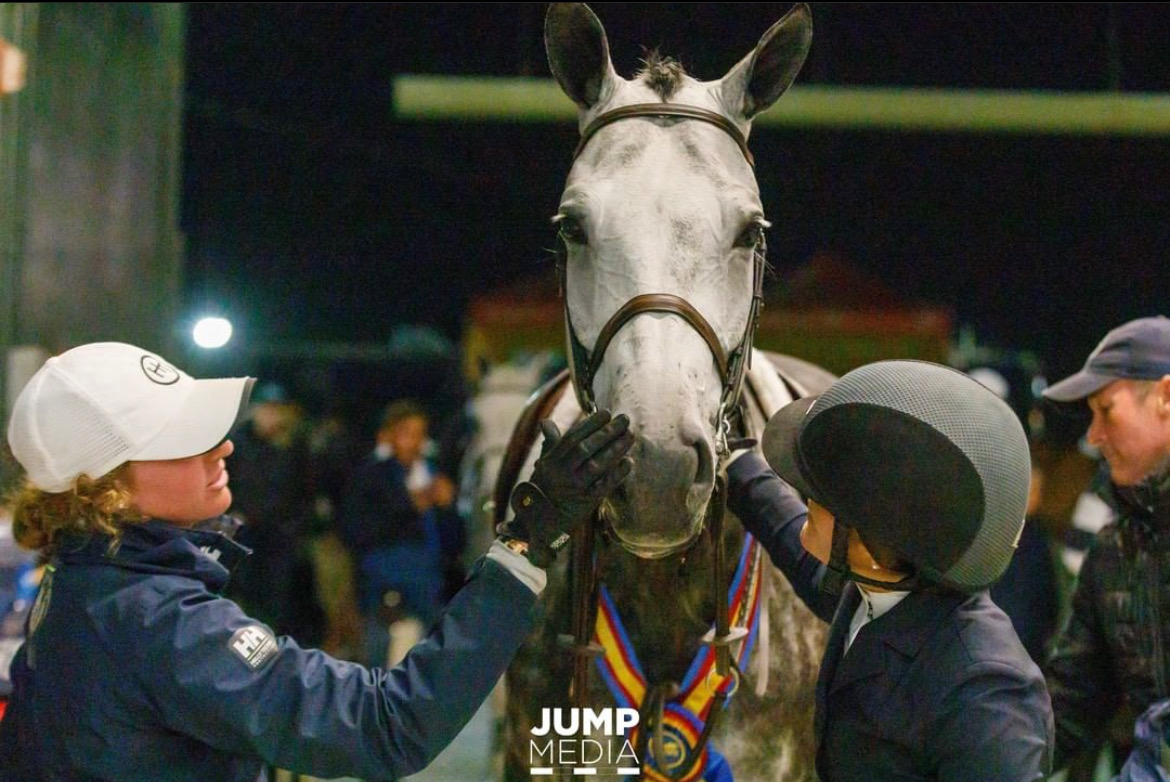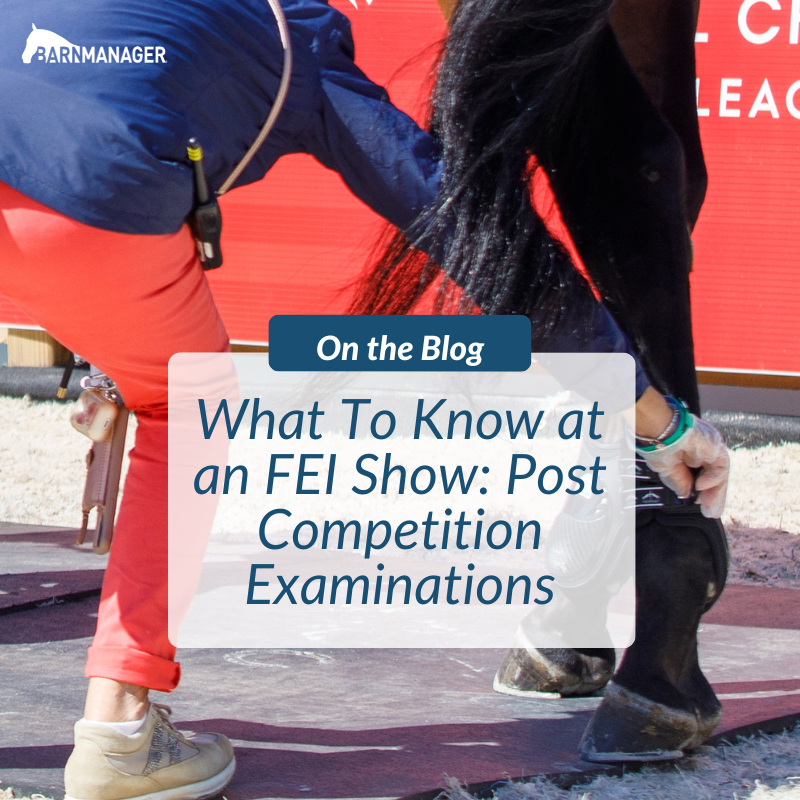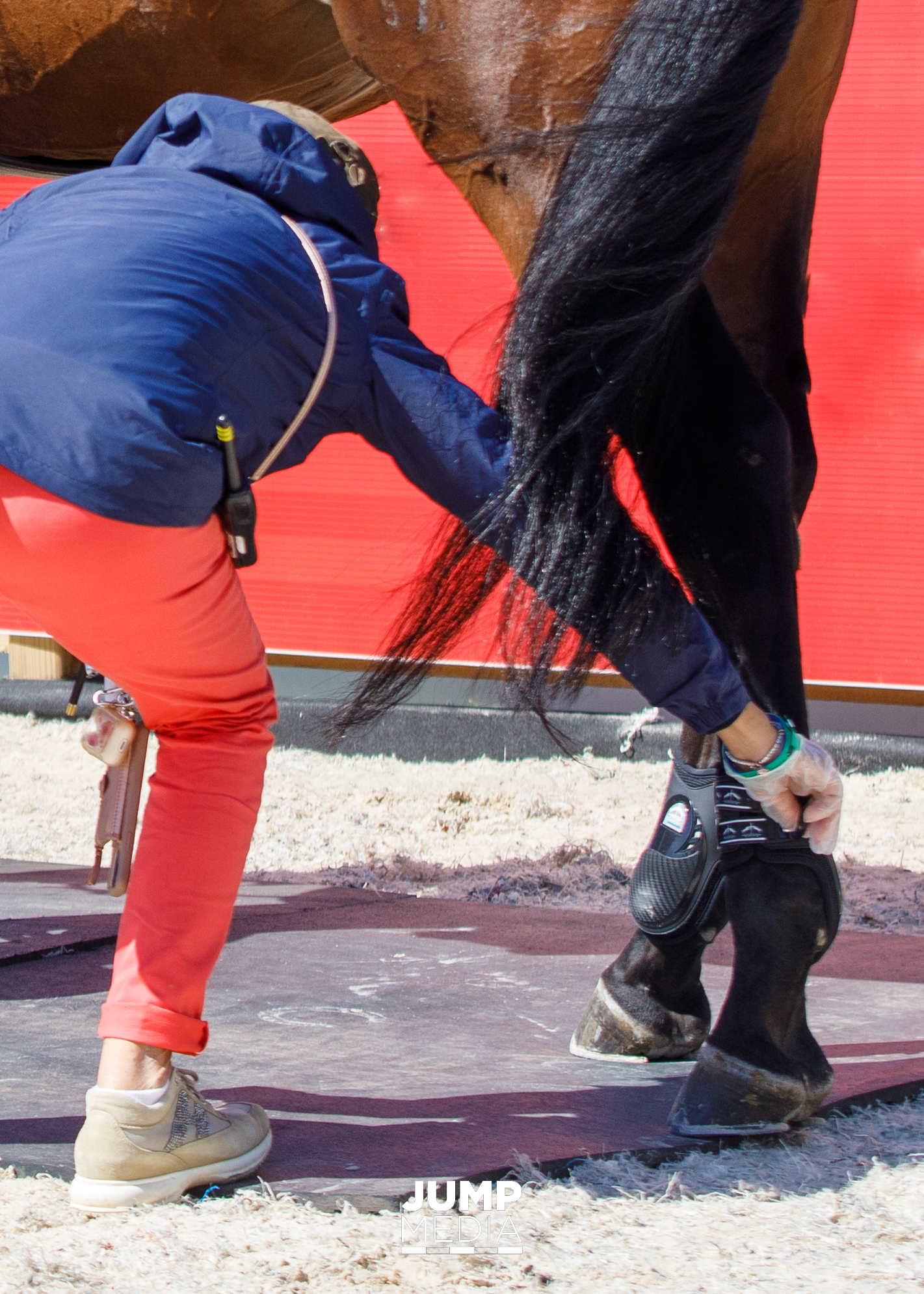By Dora Bennett / Pro-Office Support LLC
In the equestrian business, we tend to spend the majority of our time in the stable, leaving little time for office operations that are essential to the barn’s financial health. Keep reading for tips from guest blogger Dora Bennett of Pro-Office Support LLC on important areas to monitor in order to effectively run your business.
Feeding Chart

Every stable uses a feeding chart as an essential tool to keep track of changes in diet, medication, and supplements. It is important to proactively keep it updated for the health of the horses, but have you ever thought about how not billing those updates can affect the financial health of your business? Adjustments as simple as changing a horse’s grain, upping the amount of grain, or purchasing a supplement on behalf of a client can all have a financial impact on your revenue. The prices of grain and hay are always fluctuating. Neglecting to reflect an updated cost in your billing is something that is easily overlooked and causes the stable to absorb the increased cost. Constantly updating and managing your barn’s feed chart can be tedious but it is extremely important for the financial side of your business.
(Did you know? BarnManager has a feeding chart feature that allows you to update information, share changes with your staff, and make the adjustments easily available for billing.)
Training and Lessons
If your stable has a lesson or training program, it is necessary to keep track of each session for billing purposes. Managers, riders, and trainers must record each lesson or training ride in an organized system. This will ensure that you are charging for each session and sticking to the allotted time period. We all know the saying time is money, and this is the perfect example.
(Did you know? With BarnManager, users can quickly input each lesson or training ride into the calendar feature, which makes scheduling, planning, and billing a breeze.)
Boarding
Most barns offer boarding as a service. Some stables offer several boarding options to clients depending on the level of care and training they want. When was the last time you sat down to figure out the actual costs required to board each horse? Do this regularly to account for significant price changes for critical supplies like hay, shavings, and grain. Also, consider what items are included in your board to be sure you are properly billing for extra services you provide. If your barn includes all services in full-care boarding, make sure the fee takes all costs for those services into consideration. If you monitor these changes throughout the year, you will be better prepared to set your rates when it comes time to announce adjustments to your boarders.
(Did you know? With BarnManager Pro, users can analyze revenue and even break it down by client, horse, product, or service.)
Proper Management of Your Barn’s Books

Proper management of your barn’s books is essential to the financial health of your business. It is difficult for most busy stable owners to find time to work on the books, and it is often after a long day at the barn. When the financials are not well maintained, it is hard to properly understand the financial health of your business. Finding an accounting person, service, or software product that also understands the equestrian business can make this task much easier.
(Did you know? BarnManager Pro’s accounting and business management features help users more easily analyze the financial side of their business by simplifying the invoicing process, allowing safe and secure payments, and integrating with QuickBooks Online.)
Although these tasks are time-consuming and require consistency, they are essential for properly keeping track of your business’s finances. Thankfully, there are accounting services and software products, such as BarnManager, that can help you understand your barn’s financial health.
Have questions about utilizing BarnManager or want to give it a try for yourself? Request a live demo here!

